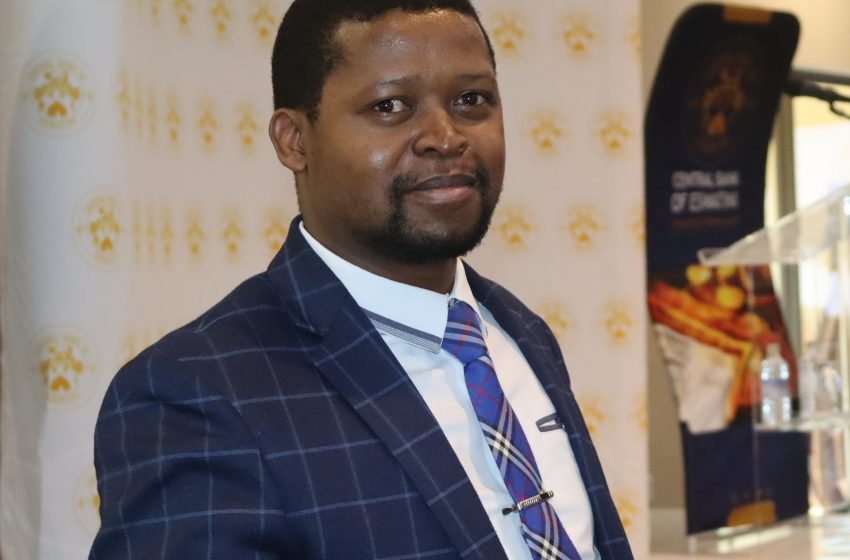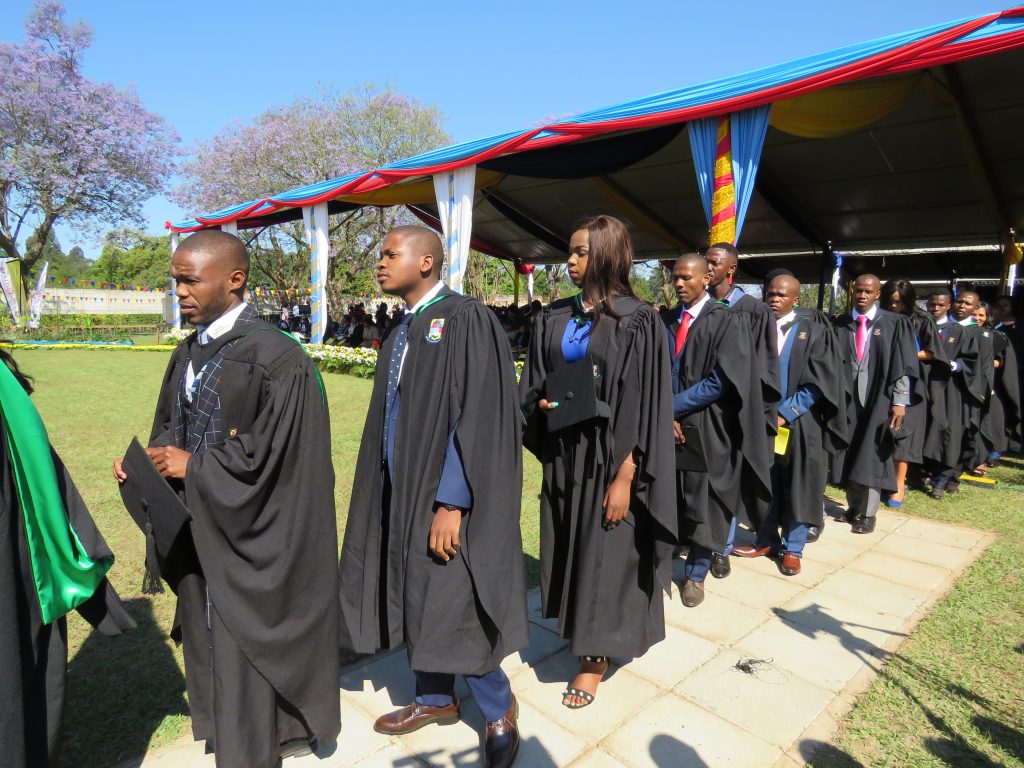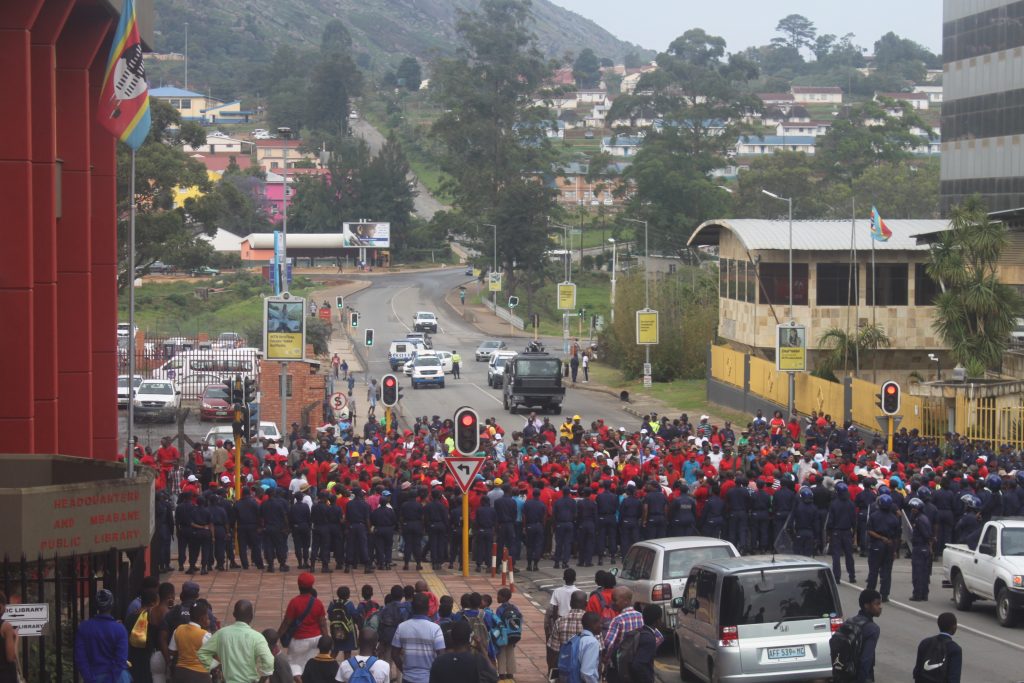
Priority Budget for eSwatini royalty
By Inhlase
The slice of the national eSwatini budget allocated to King Mswati III and his royal household has been reduced but it is still much higher than government budgets that must provide basic services to citizens of eSwatini. It is also not possible to interrogate how the royals spend the state funds allocated to them each year because, unlike other state budgets, the royal budget is not debated or accounted for in parliament.
Minister for Finance, Neal Rijkenberg, has trimmed the budget for King Mswati III and his royal household and is now just shy of E1 billion a year. This is still much higher than allocations to cash-strapped government departments or institutions that are battling to pay public servant salaries and provide basic services.
As government battles to curtail a growing wage bill that now demands E7 billion annually, the king and his household enjoy a bigger annual budget than the University of Eswatini.
State departments are also being asked to meet their obligations with less. The ministry of sports, culture, and youth affairs, for example, has been given a recurrent budget of E51 million. This is a ministry responsible for stadiums that have been condemned for international football games. The judiciary has been allocated a budget of E78 million and the anti-corruption commission, which is responsible for investigating corruption cases, has a paltrybudget of E24 million for the coming financial year.
Minister Rijkenberg‘s 2022/23 budget estimates has allocated E477 million for social grants to 75 000 elderly citizens. These grants are paid at E500 per month and the pay-out is made every three months. While cries for an increase in the monthly pay have not been heeded,Rijkenberg said: “In the past five-year period, there has been an annual average increase of 1 881 elderly persons per year.”
The royal budget for the coming financial year is E991million and this includes E411 million in salaries for theking and iNdlovukazi, the royal household and anybody else the king may choose to compensate. While thisbudget for royal emoluments and civil list has not increased from last year, Rijkenberg also set aside a budget provision of E416 million for the Eswatini (Swazi) National Treasury which pays the national court staff and other royal councils (emabandla). While this is about E10 million less than last year’s allocation, the exact functions of the SNT/ENT have never been explained nor understood by emaSwati
When King Sobhuza II, according to his biographer, Dr Hilda Kuper, persuaded the British colonialists to establish the SNT in 1950 the intention was to give emaSwati access to a slice of the national budget.
Minister Rijkenberg also allocated a staggering E173 million to the Royal Swazi Airline which recently purchased two 55-seater passenger aircraft to service routes between Eswatini, Johannesburg, Cape Town, Harare and other destinations.
King Mswati, in his speech from the throne, alluded to the revival of the national airline previously shut down because it was a financial drain.
University liabilities exceed assets
King Mswati III, who is Africa’s last absolute monarch,enjoys a higher budget allocation than the University of Eswatini. The university is allocated E409 million for this financial year which is less than half of the budget it asks for and which is battling to pay staff.
The university, which boasts a staff complement of about 700 workers spread over its three campuses at Kwaluseni, Luyengo and Mbabane,
In a special audit report in June last year, Auditor General, Timothy Matsebula set out the financial dire straits that the university finds itself in and noted how it is burdened by a huge wage bill of around E40 million a month or E480 million annually.
The AG reported last year: “The university largely relies on government subvention for revenue, yet it receives only 40% of its budget request.
“Moreover, the university has sometimes received (from government) E10 million or E12 million per month, yet its wage bill is three times more than that, at around E40 million; which further exacerbates the financial challenges.”
While King Mswati and the government have been calling on the institution to find other sources of revenue than rely on subvention, the drastic university funding cuts began in the 2008/09 year when government was faced with a financial crisis. Since then, the university has been receiving less than half of its budget request.
The university has been struggling to survive with worker’s strikes, largely over money, and students’ protests taking centre stage.
In 2020, the institution introduced austerity measures, which involved the reduction of staff and its fleet of cars.
However, these measures have fallen short of improving the situation.
“When reviewing the audit report of the external auditors, I also observed that the university’s current liabilities exceeded its current assets by E836 874 589. This indicates the university did not have working capital and therefore was unable to pay its debt obligations,” the AG noted with concern.
The AG further noted that: “Now that government’s revenue streams are declining, I am concerned that without additional subvention or other means of generating income within the university, the university may not sustain the services it provides to the public, in the near future.”
Indeed, the university has not been up to date with its remittance of taxes and other workers’ deductions.
Government has set aside a budget of E361 million for scholarships for emaSwati to pursue tertiary education, Minister Rijkenberg announced.
But it is still far less than the budget for royal emoluments and civil list. It is also less than the budget allocation for the obscure Swazi National Treasury.
The King’s Office has also taken a cut and has beenallocated a budget of about E4 million, which is about E3million less than last year’s budget.
For capital projects, Minister Rijkenberg set aside a budget of E160 million for the construction, rehabilitation and maintenance of state houses. These are royal residences scattered in many parts of the country. The ENT is responsible for the implementation of this particular capital project.
This financial year, there was no budget allocation for construction of link roads to royal residences. This is an allocation that has featured in the budget estimates for a very long time. According to the 2022/23 budget estimates, projects of this nature were completed.
Public servant salaries
Government’s annual wage bill is currently E7 billion and is desperately looking at ways to reduce this cost. In his February 2022 budget speech, Mr Rijkenberg noted; “The wage bill soared at alarming rates for 5 years before the hiring freeze policy was implemented.
“The accelerated increase began in 2013/14 when the wage bill increased by 13.5 percent from E4 billion to E4.5 billion. It increased by a further 7.5% to E4.8 billion in 2014/15, another 10.7% in 2015/16 to reach E5.3 billion and then a further increase by 22.5 % to E6.5 billion in 2016/17 due to the salary review.
“In 2017/18 the wage bill grew by 6.3% to reach E6.9 billion. Over the five years from 2013 there was a total growth of 61% in the wage bill.”
He went on to say: “In 2018/19 there was a slight reduction in this alarming growth trajectory with a relatively muted increase of 2.5% settling at E7.1 billion due to the hiring freeze that was implemented.
“In 2019/2020 a further dampening of this trend continued with only a 0.5% increase in the wage-bill. In 2020/21 automatic notching, Covid-19 hiring and the Cost of Living Adjustment led to a further 6.5% increase to E7.4 billion.”
The good news is that there is light at the end of the tunnel as a steady decline of the wage bill is projected.
Rijkenberg stated: “In 2021/22 the wage bill is projected to decrease to E7.3 billion, a reduction of 2.1 percent. This is further projected to decrease in 2022/23 by 1.7 percent.
“All these numbers exclude the pension contributions.
“The hiring freeze has been successful in muting the growth of the wage bill, increasing by only 3.2 percent over the 5 year outlay from its implementation and resulting in an average growth of 0.64 percent in sharp contrast to the 12 percent average annual growth recorded in the preceding five-year period.







1 Comment
[…] Priority Budget for eSwatini royaltyby Inhlase on June 11, 2022 at 7:40 pm […]